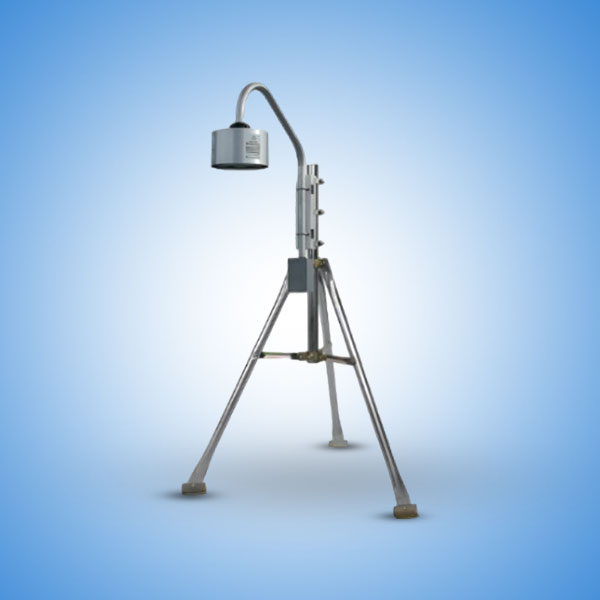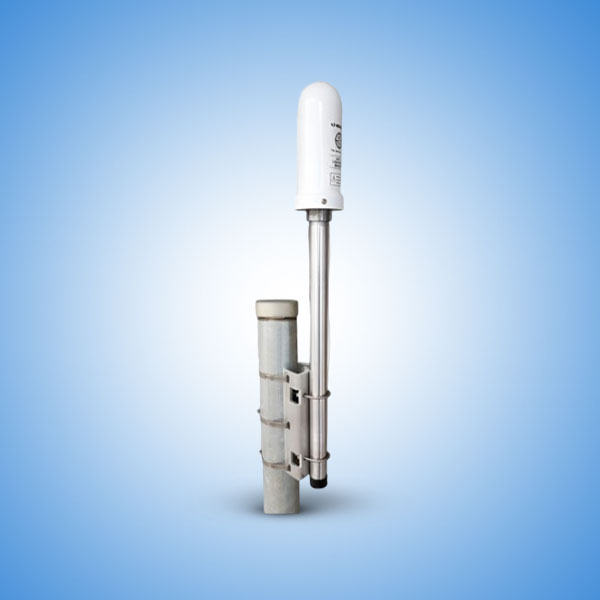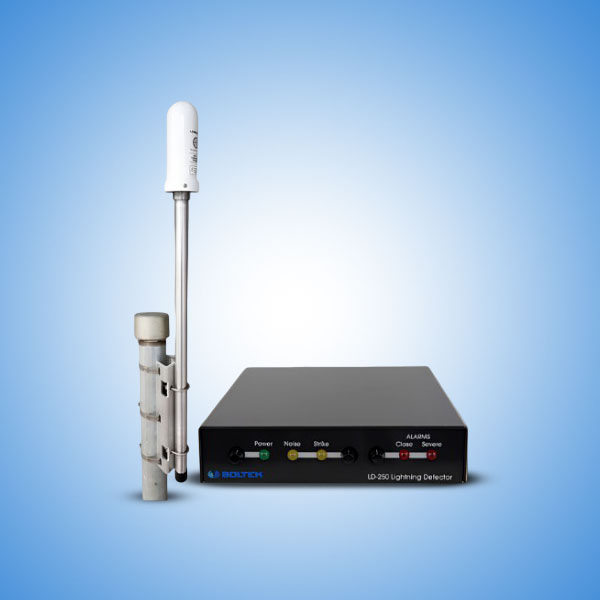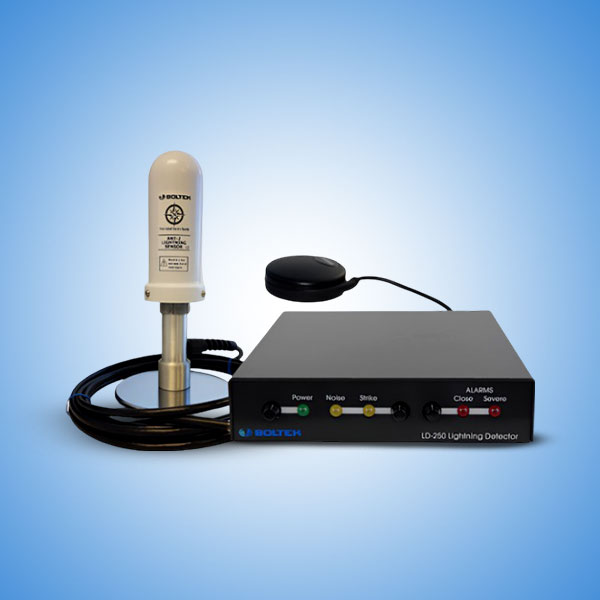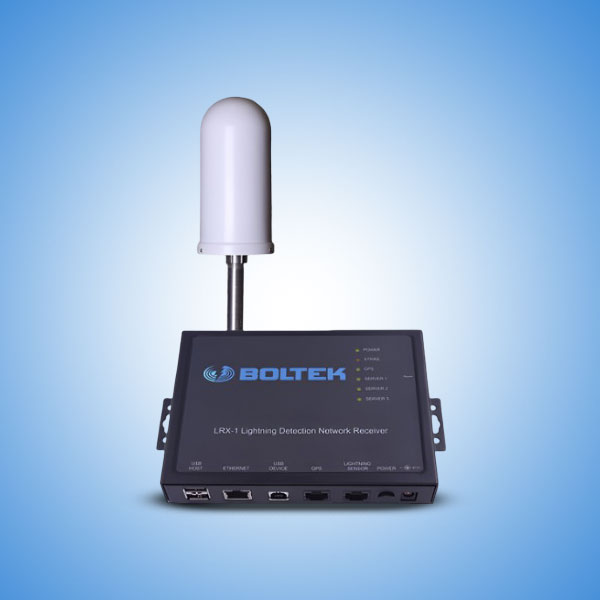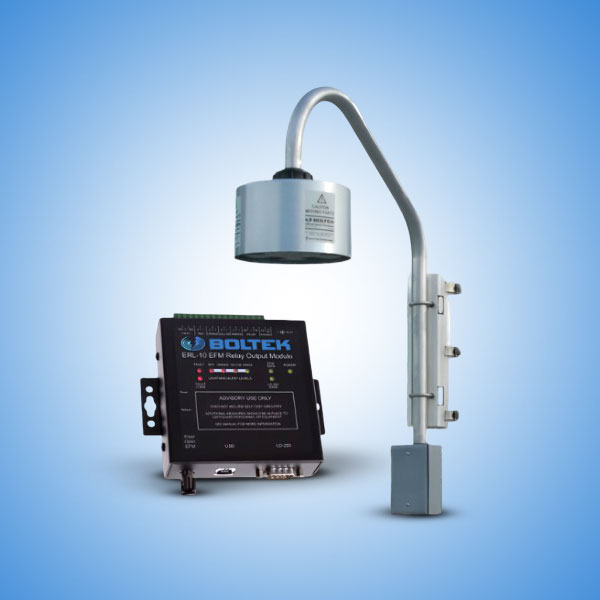Thunderstorm / Lightning Detectors
In today’s fast-changing weather conditions, Thunderstorm and Lightning Detectors have become essential tools for ensuring safety in sensitive locations like airports, power plants, sports arenas, wind farms, and construction sites. These devices are designed to identify lightning activity and thunderstorm presence in real-time, offering advanced warning and reducing risk to human life and valuable infrastructure.

Frequently Asked Questions
A Thunderstorm and Lightning Detector helps monitor atmospheric electric fields and radio frequencies generated during thunderstorm activity. By detecting the initial signs of lightning, these detectors allow authorities to take timely preventive actions. The real-time alerts help evacuate open areas, shut down critical operations, and activate lightning protection systems before a strike occurs.
Thunderstorm and Lightning Detectors use a combination of electromagnetic and electric field sensing technologies to detect lightning strikes from several kilometers away. These systems are equipped with lightning detection sensors that measure the intensity, polarity, and frequency of electric discharges in the atmosphere. The detectors can differentiate between cloud-to-ground and intra-cloud lightning, providing accurate data to weather monitoring centers and safety systems.
Most modern lightning detectors utilize time-of-arrival or direction-finding methods to triangulate the location of a strike. Once a lightning event is detected, the information is processed and transmitted to users through visual, audible, or digital alerts.
The use of Thunderstorm and Lightning Detectors spans across multiple industries and critical facilities:
1. Airports and aviation rely on real-time lightning detectors to avoid flight delays and ensure safe ground operations.
2. Renewable energy facilities like wind and solar farms depend on lightning detection systems to safeguard equipment.
3. Construction sites and outdoor venues use lightning strike detectors to protect workers and audiences.
4. Oil and gas industries implement advanced lightning detectors to prevent fires and system failures.
By delivering real-time storm data, these systems help reduce injury, equipment damage, and operational downtime caused by lightning-related events.
Today's Thunderstorm and Lightning Detectors come with several innovative features:
- Wide Detection Range: Capable of identifying lightning activity within a 30–100 km radius.
- High Accuracy: Use of lightning detection sensors with minimal false alarms.
- Real-time Monitoring: Instant alerts allow immediate action to be taken.
- Data Integration: Seamless integration with weather monitoring and SCADA systems.
- Durability: Designed to withstand harsh environmental conditions.
A modern lightning detection system combines local detection with network-based data for comprehensive monitoring, helping users make informed decisions.
1. Safety First: Immediate alerts give people time to seek shelter before a strike.
2. Operational Continuity: Prevent equipment shutdowns or failures due to lightning.
3. Damage Reduction: Protects buildings, machinery, and sensitive electronics.
4. Smart Planning: Real-time data helps in scheduling outdoor activities and maintenance work safely.
Whether you're managing a high-risk industrial facility or organizing large-scale outdoor events, Thunderstorm and Lightning Detectors serve as a critical layer of defense against extreme weather.
When selecting a Thunderstorm Detector or Lightning Detector, it’s essential to consider:
- Detection range and sensitivity
- Power consumption and battery life
- Communication options (Wi-Fi, Ethernet, GSM)
- Mounting and installation requirements
- Compatibility with existing warning systems
Some high-performance models also provide historical lightning data analysis and forecast capabilities, making them suitable for scientific and research purposes.
Unlike traditional weather monitoring tools, a lightning strike detector is designed specifically to detect and analyze lightning activity. These detectors not only improve personal safety but also contribute to long-term risk mitigation and cost savings. Facilities that integrate real-time lightning detectors into their safety protocols are better equipped to manage weather-related emergencies and avoid unexpected losses.
For government agencies, educational campuses, stadiums, and outdoor event planners, implementing a lightning detection system is a proactive investment in public safety and operational integrity.



